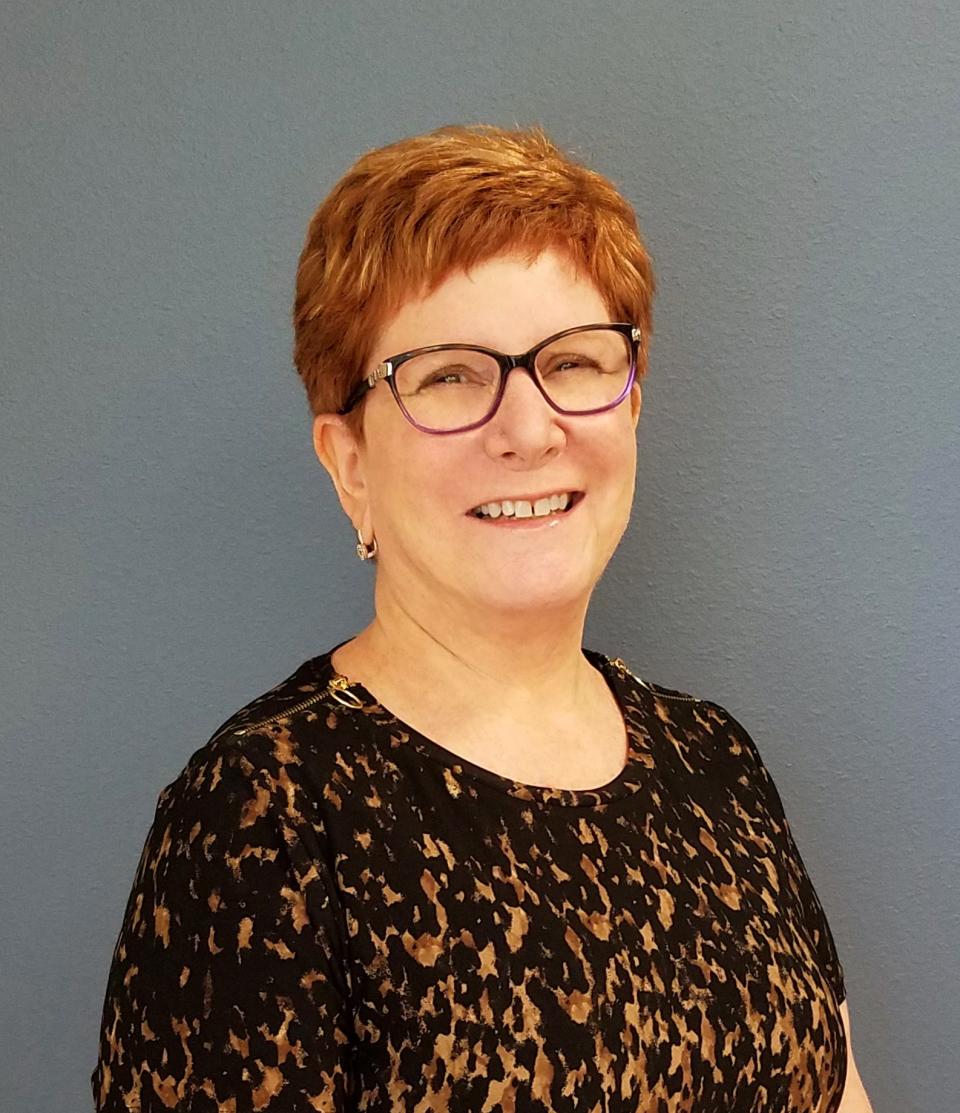One Senior Place: There are several types of anxiety disorder. Here are five to look out for
Support local journalism. A digital subscription is incredibly affordable and makes you the most informed person around. Click here and subscribe today.
Q: My Mom worries about everything. How can I help with her anxiety?
A: Feeling anxious or nervous is a common emotion for people of all ages.
It is a normal reaction to stress and can even be helpful in certain situations — like avoiding danger.
We all may feel anxious over a new illness, important social interactions and frightening events.
Problems arise when stress becomes overwhelming and affects everyday life and relationships.
Previous three One Senior Place columns:
Cupid's arrow again? Are you older and considering getting married again? Here's what to know
Try to get out: Isolation can lead to physical, mental issues for seniors
Help for helping: If you've left your job to care for your parents, financial help is available

Anxiety affects up to 20% of the older adult population.
It is the No. 1 mental health problem for women, and the second most common problem for men, after substance abuse.
Often, these disorders go undiagnosed because seniors may not recognize or acknowledge their symptoms.
A senior's reluctance to discuss mental health issues with their doctor is when adult children need to step in.
Being their advocate is very important, helping them to see certain symptoms and talking with them about it.
Seniors who deal with anxiety for prolonged periods may think it is a normal part of aging. But it is not.
Left untreated, anxiety can lead to cognitive impairment, disability, poor physical health and reduced quality of life. This is particularly true of bereaved spouses.
The pathway through grief can go awry, if accompanied by persistent anxiety and constant thought of the deceased.
There are several types of anxiety disorders.
• Phobias, An intense, irrational fear of a place, thing or event that actually poses little or no threat. These include agoraphobia (fear of the outside world), social phobia, fear of certain animals, driving a car, heights, tunnels or bridges, thunderstorms and flying.
• Panic disorder. This is characterized by panic attacks, or sudden feeling of terror that strike repeatedly and without warning. Physical symptoms include: chest pains, heart palpations, shortness of breath, dizziness, fear of dying.
• Obsessive-compulsive disorder (OCD). Recurrent unwanted thoughts or rituals, seemingly beyond one's control. Rituals, such as hand washing, counting, checking or cleaning, are often performed in hope of preventing or alleviating obsessive thoughts.
• Post- traumatic stress disorder (PTSD). Persistent symptoms that occur after experiencing traumatic events. Common symptoms include nightmares, flashbacks, depression, irritability and distraction.
• Generalized Anxiety disorder. Chronic, exaggerated worry about everyday routine life events and activities, lasting longer than six months. Accompanied by fatigue, trembling, muscle tension headache and nausea.
Fortunately, anxiety is treatable. Talk to your primary care doctor if you experience symptoms to rule out other medical conditions. They may suggest resources for you.
Alternately, you can use the treatment services locator on MentalHealth.gov.
Bottling it up is not the answer. Get help.
One Senior Place is a marketplace for resources and provider of information, advice, care and on-site services for seniors and their families. Questions for this column are answered by professionals in nursing, social work, care management and in-home care. Send questions to askOSP@OneSeniorPlace.com, call 321-751-6771 or visit The Experts in Aging at OneSeniorPlace.com.
Barbara Fradkin is a Social Worker, Certified Care Manager and the Director of One Senior Place, Viera.
This article originally appeared on Florida Today: Anxiety affects up to 20% of the older adult population, and is rising

